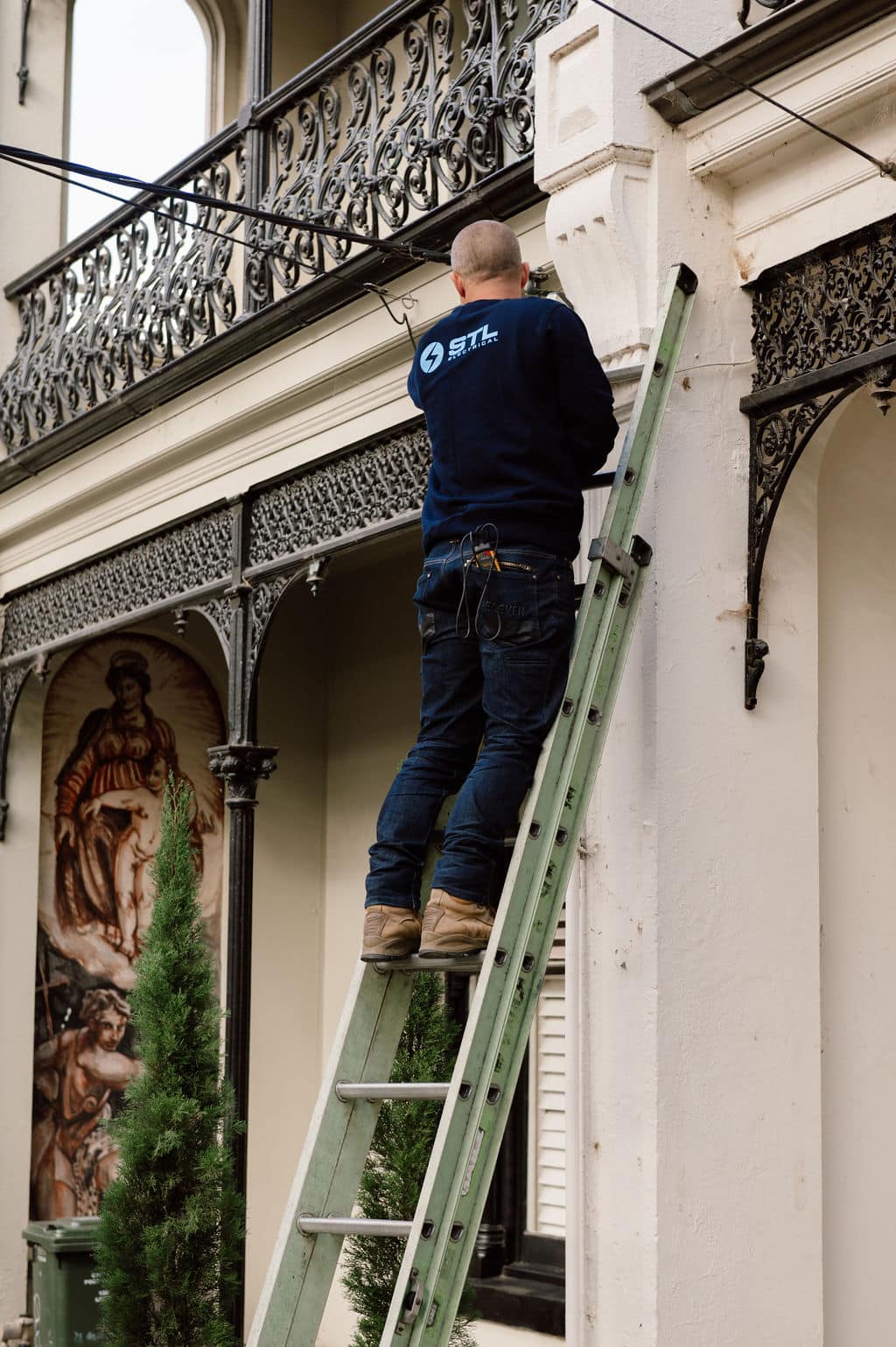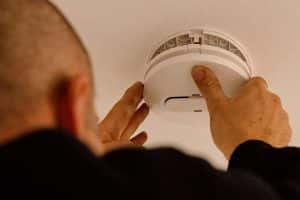Energy efficiency has become a necessity in light of rising power costs and the need for action on climate change. There are lots of ways that you can do your bit by making your home more energy efficient.
The Australian Climate Council is advising government on a multitude of ways to improve its residential energy policies, and investing in methods to turn both existing and new properties into energy efficient homes.
It estimates that an all-electric 7-star rated home in a large city like Melbourne can save you around $450 per year in power bills.
So what is a 7-star rating, and what can you do to improve energy efficiency? Read on and find out how to make your house more energy efficient.
What are 7-star rated energy efficient homes?
All homes in Australia receive a star rating for their energy efficiency on a scale of 1 – 10. The lower the rating, the more expensive and inefficient the home’s energy usage, according the NatHERS home energy efficiency assessment methodology. It bases these ratings on research from the CSIRO .
A house that gets too hot in summer and too cold in winter requires a lot of energy to heat and cool, let alone being pretty uncomfortable. These homes are 0-star rated.
A 10-star home uses the latest energy efficient technologies to keep temperatures comfortable, with limited or no electro-mechanical heating or cooling methods.
A 7-star rated home is designed around the local climate and uses a limited amount of mechanical cooling and heating technology, combined with more advance tech.
You can check your home’s current energy efficiency rating using the Residential Efficiency Scorecard for Australian homes, endorsed by NatHERS.
How to make your house more energy efficient
Fortunately there’s a whole raft of changes you can make in your home to enhance its energy efficiency. Some require upgrading components of your electrical system with more energy efficient solutions, while others are simple things that you can do yourself, involving nothing more than a little common sense.
Become conscious of energy efficiency
We all fall into bad habits with electricity use at home. We leave lights on in unoccupied rooms, boil a full kettle of water just to make one cup of coffee or tea, and keep intervening doors open during winter, which dissipates heat. Be more conscious of these things and put in the effort to change your habits.
Use natural light to warm your house
Make the most of the daylight to warm your home by completely opening all your curtains or blinds. This way your walls and floors will absorb more heat during the day so that you don’t need to use a heater as much when the sun goes down in winter.
Draught proofing
Check your windows and doors to make sure they’re well fitted and don’t allow draughts, in or out. You’ll be surprised how much heat can escape in winter, combined with cold air flowing in. Choose a windy day and examine the edges of your doors and windows. You’ll be able to feel where the draughts are coming from.
Cook smartly
Efficient energy use is quite easy when you’re cooking. Microwaves draw less electricity than stoves, so use them for preparing small meals. When cooking on your stove, match the pot size to the size of the hot plate. Always use lids when cooking with pots and pans, as the contents will heat up faster, requiring less power.
Manage your home heating thermostat
It’s all too easy to switch on your thermostat, set the temperature you want, and leave it at that. But if you put in just a little extra effort, you can use your thermostat more cleverly to save on electricity while still feeling comfortable.
As a rule of thumb in winter, wear a warm top inside and set your thermostat to around 18-20°C. This can cut your power bill by about 10%. In summer, wear cool, light clothing and don’t set your thermostat lower than around 24-26°C.
Choose your appliances carefully
What are energy efficient appliances? Look for appliances with a high energy star rating. These modern products draw less power than older ones, reducing your electricity costs and your carbon footprint.
Avoid standby power drain
Many modern appliances, like TVs and electronic gadgets, still draw power even after you’ve switched them off, as they go into standby mode. To prevent this, switch them off at the wall plug too.
Switch to LED lighting
LED lightbulbs are way more energy efficient than traditional ones. Replace all the bulbs you can, and you’ll use much less electricity. Plus they last a lot longer. If you have the budget, you can also install LED downlights or strip lighting.
Insulate walls, ceilings and floors
You lose both heat and cool air through uninsulated structures. This makes you use more power in to warm your home or cool it down. Have an expert check all your insulation, and boost it if necessary for more efficient energy use.
Upgrade to a more energy efficient hot water system
A hot water heat pump can make a big difference to your power usage. It uses heat transfer rather electricity to heat water, providing considerable savings. You can also get a rebate on these energy efficient solutions through the Victorian Energy Upgrades (VEU) programme.
Install solar power
Of course, the single best way to dramatically reduce electricity usage and create more energy efficient homes is to install solar power systems. This is a topic all on its own, so read our handy guide on what you need to know about solar panel installation.
Use a residential energy efficiency consultant in Melbourne
When you want to improve the energy efficiency where you live, you don’t have to go it alone. An STL Electrical residential energy efficiency consultant will help you to identify all the various ways that you can become more energy efficient at home.
We can recommend the most appropriate energy efficient technologies and solutions, and install them for you. This includes LED lighting and hot water systems.
Contact us for professional service from certified Melbourne electricians.




